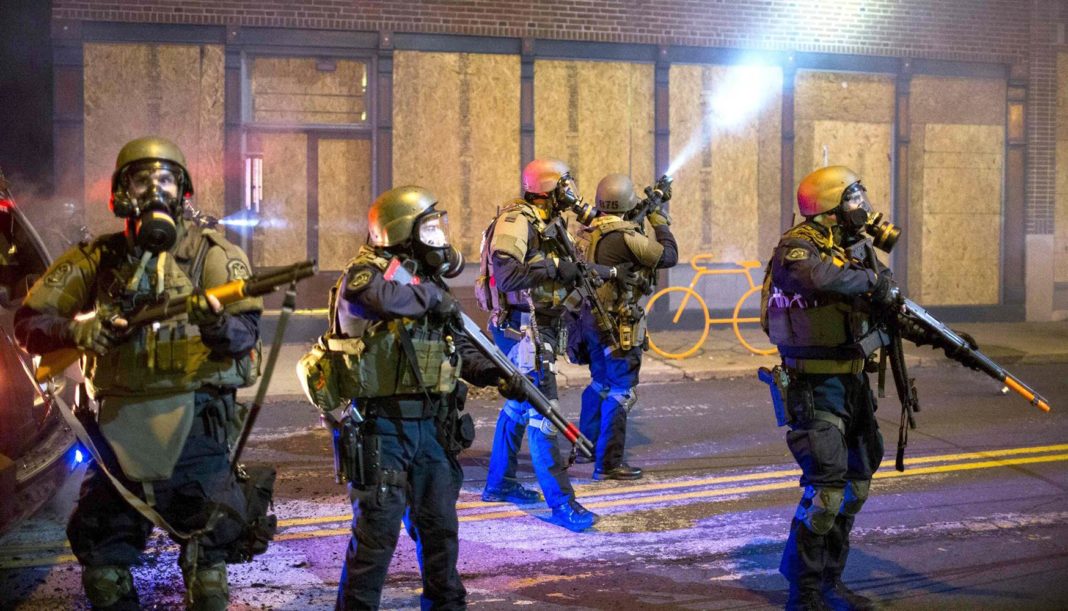

The last of these, a heartbreaking account of the Poor People’s March at the Republican National Convention in 2004, will resonate with anyone who was there hoping to do more than be a number in the organizers’ head count. project (ah, the virtues of opposition to intellectual property) and an assemblage of smaller appendices. It turns out the body text only accounts for two thirds of the book the rest is comprised of painstakingly detailed referencing such as would never appear in a CrimethInc. One can simultaneously find Gelderloos’s arguments convincing and at the same time remain unsure what the alternative to non-violent hegemony looks like.

Gelderloos doesn’t seriously address the complexities of violent tactics-their effects on those who use them, the most appropriate circumstances in which to apply them, or the precedents for their success in North America-but to do so would take at least another book of this length. He argues that an insistence on non-violence can only compromise the autonomy of participants in resistance movements and alienate important allies it is no coincidence that the other book Gelderloos has recently published is on consensus process, though this might seem strange to ideologues who associate diversity of tactics with coercive machismo. Following this opener, he sets about dissecting the insidious interconnections between pacifism and unchallenged privilege. Gelderloos starts from the successes famously associated with pacifism, then sketches in the context that pacifists often leave out. Not that he pulls any punches or refrains from strong statements! But to make his point, Gelderloos doesn’t have to prove that non-violent resistance is never useful, only that a prohibition on other forms of resistance is not always effective at dissolving or toppling hierarchies. Like anyone who wants to make a constructive contribution to a discussion, and in stark contrast to ideologues on both sides of this issue, Gelderloos makes an effort to engage with the strongest versions of all the common arguments in favor of orthodox pacifism over a diversity of tactics. In lucid and accessible prose, Gelderloos comprehensively debunks the notion that non-violent activism is the only acceptable and effective method of struggle. This is an excellent example of the sort of book anarchists need to be producing to keep our ideas visible and viable in society at large. Rather, it is a question of whose violence frightens us most, and on whose side we will stand.”

“There is nothing in this world currently deserving of the name peace.


 0 kommentar(er)
0 kommentar(er)
